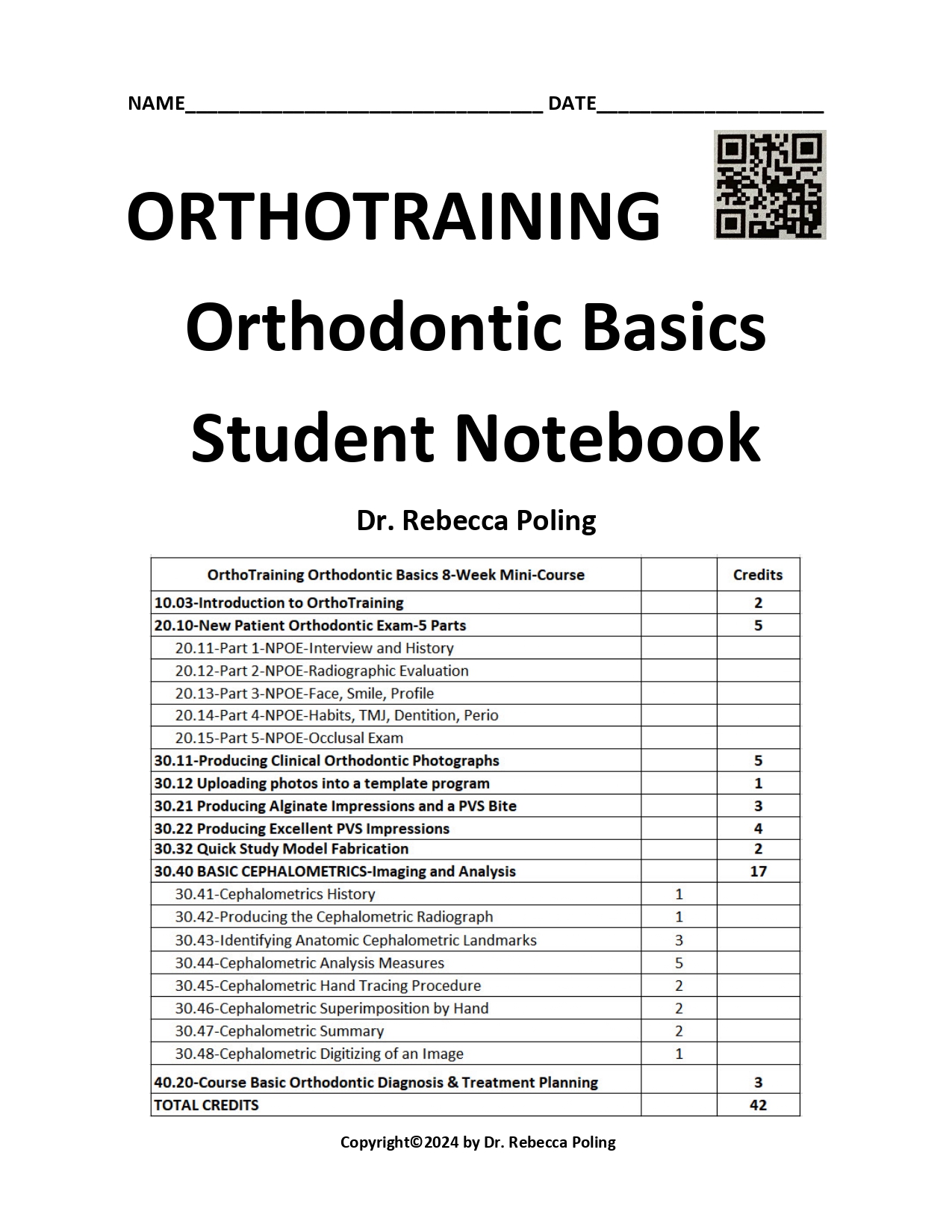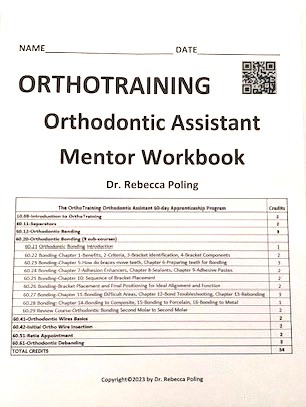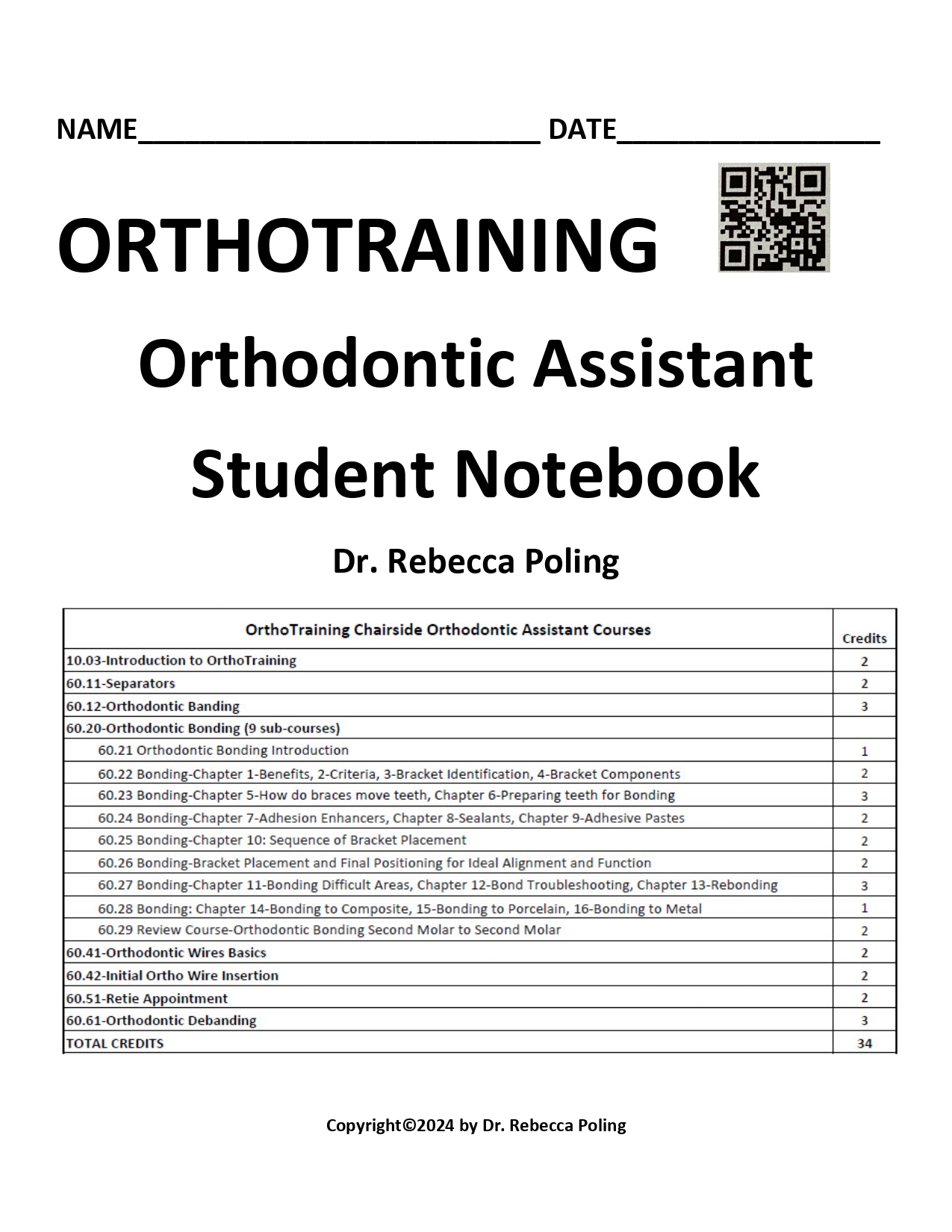11552160
01 Expert Training Within the Practice
02 Learn Online at Home, Hands-on Training in the Office while working
03 College-Level Curriculum
04 Developed by an ABO-Board Certified Professor and former Angle Society Member
05 OrthoTraining Approved for Licensure of Orthodontic Assistants in the State of California
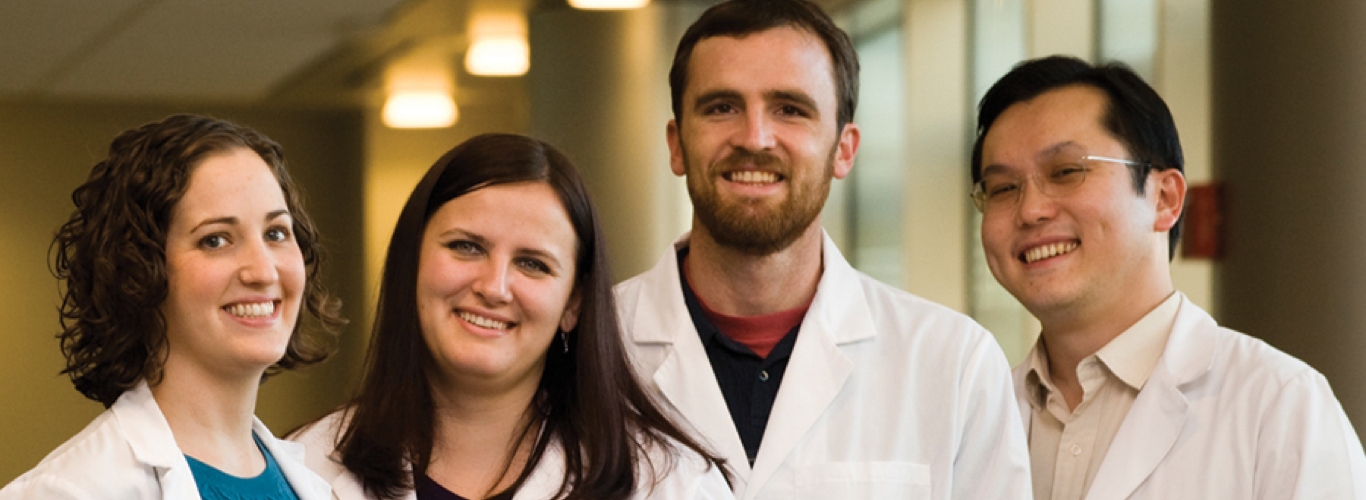
Expert Training Within the Practice
The Chairside Orthodontic Assistant 60-Day Training Program online courses are taught to each individual learner using specially-designed interactive presentations. Unique “Knowledge Quizzes” measure the individual’s learning. Data on these learning activities is collected, analyzed, and reported on a Student Dashboard Report. When online courses are completed, hands-on training begins using detailed step-by-step checklists and quality control checklists to show the learner exactly how procedures are completed.

Learn Online at Home, Hands-on Training in the Office while working
- Individuals taking the course learn detailed interactive presentations at home when they can focus. After learning the course objectives, the learner passes the online Knowledge Quiz at the 80% level and completes the online course. Student data for each course is reported on the Student Dashboard Report.
- Hands-on training is given by a Chairside Orthodontic Assistant Mentor who has already completed the online courses. Training is standardized using detailed step-by-step and quality control checklists that are taught in the online courses and can be printed in Notebooks for students to use during training.

College-Level Curriculum
- All OrthoTraining courses have been used to train college-level students. The courses are designed based on the neuroscience of learning and long-term recall which is important for clinical performance. Ideally, learners should have completed some college courses in writing, science, and math. Non-English speaking students learn quickly from OrthoTraining courses because they can review the presentations unlimited times and use detailed checklists for hands-on practice in clinic. Unlike college, learners can immediately apply their knowledge and skills at work under the supervision of a Mentor.

Developed by an ABO-Board Certified Professor and former Angle Society Member
- After five decades of learning and teaching dentistry, Dr. Rebecca Poling founded OrthoTraining to be a unique system to expertly orthodontically train dental assistants, dental hygienists, dental students and dental faculty, orthodontic practitioners, residents, and International Fellows, orthodontic staff, and other dental practitioners to bring beautiful smiles to individuals all over the world.

OrthoTraining Approved for Licensure of Orthodontic Assistants in the State of California
- There are NO ADA-Accredited Orthodontic Assisting Schools in the US, Canada, or any other place in the world. Consequently, there has been no standard for training for licensure of orthodontic assistants. OrthoTraining has been approved for training in office by the Dental Board of California for over 15 years. The entire Orthodontic Assistant curriculum is published in the OrthoTraining Orthodontic Assistant Mentor Workbook and can be submitted to the state board of dentistry for approval for licensure in the state.
Chairside Orthodontic Assistant Training
"Orthodontic Basic" Training for the Entire Team
Clear Aligner Therapy Courses

10.03-Intro to OrthoTraining
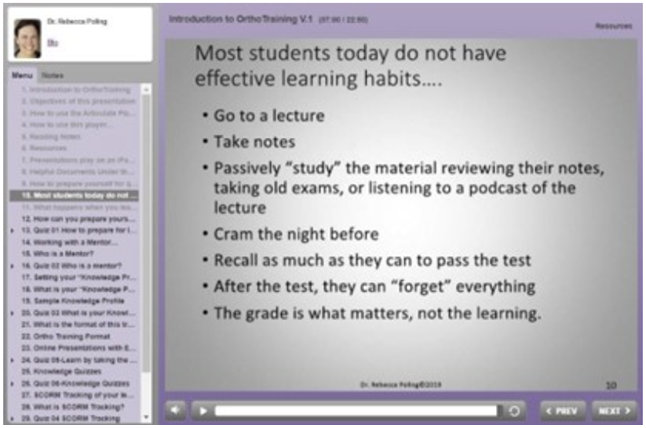
60.11-Separators
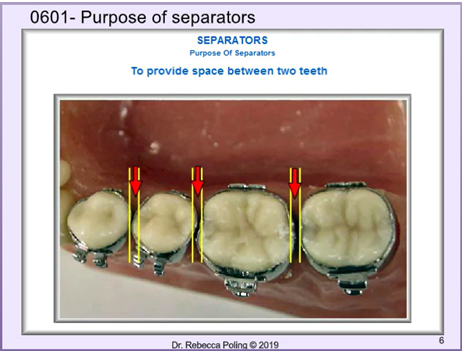
60.12-Banding
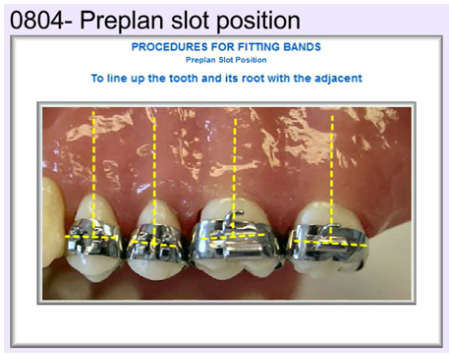
60.20-Orthodontic Bonding
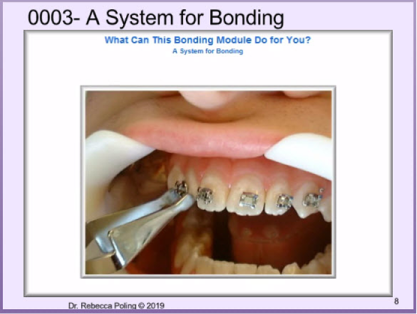
60.41-Ortho wire Basics

60.42-Initial wire Insertion

60.51-Retie Appointment

60.61-Debanding Appointment
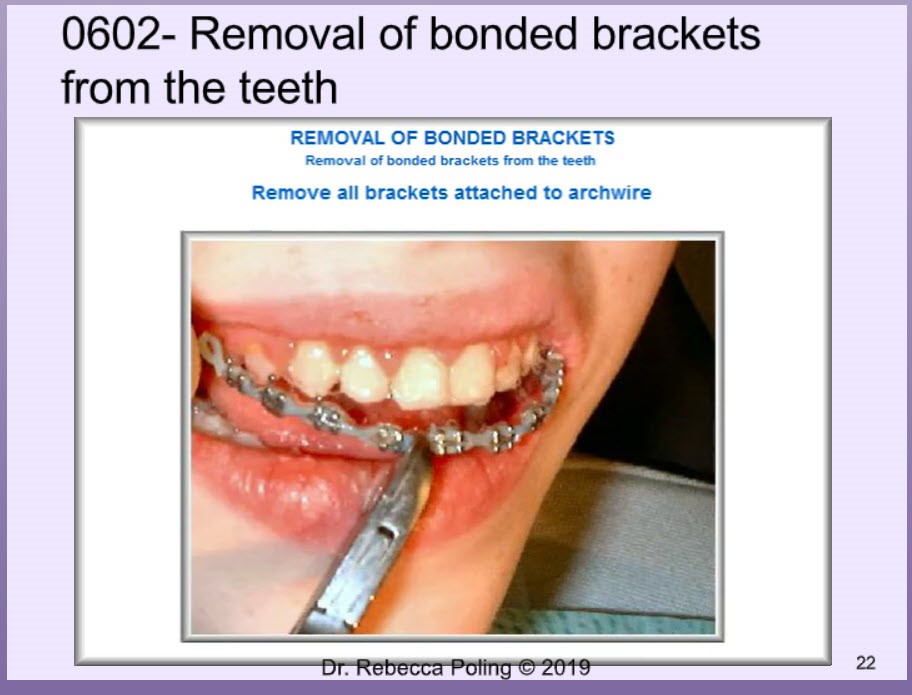
Intended Audience for 60.00-Orthodontic Assistant 60-Day In-Office Training Program
The intended audience for the 60.00-Orthodontic Assistant 60-Day In-Office Training Program are students who seek training to become state-licensed chairside orthodontic assistants who place braces on a patient's teeth, adjust the braces, assess orthodontic treatment progress and remove the braces.
The 60.00-Orthodontic Assistant 60-Day In-Office Training Program subscription fee is
US $1,152.00 for 60 days of Access (20% discount of $1,440.00)
to the Program and all Course Resources for a single user.
OrthoTraining is an ADA CERP Recognized Provider Of CE Credits.
ADA CERP is a service Of the American Dental Association to assist dental professionals in identifying quality providers Of continuing dental education.
ADA CERP does not approve or endorse individual courses or instructors, nor does it imply acceptance of credit hours by boards of dentistry.

10.03-Introduction to OrthoTraining
.png/ce447701-abfb-ea68-4f54-5002918b19c7)
20.01-The New Patient Orthodontic Exam-Parts 1-5
.png/3cd3c6fe-85af-a9c4-3255-774b9d084473)
30.11-Producing an Orthodontic Photo Series
.png/b1d9af7a-94e7-b46b-5d02-94af39121c8d)
30.12-Uploading an Orthodontic Photo Series into a Template
.png/2aea81b9-4f1d-01f8-9b48-23ad0e67f3fe)
30.21-Producing Alginate Impressions and a PVS Bite
.png/6e1f577c-104f-53b6-46b2-46a3d5070c5a)
30.22-Producing Excellent PVS Impressions
.png/05ee2001-11fa-f064-c674-a814ceea7d1d)
30.32-Quick Study Models Fabrication Course
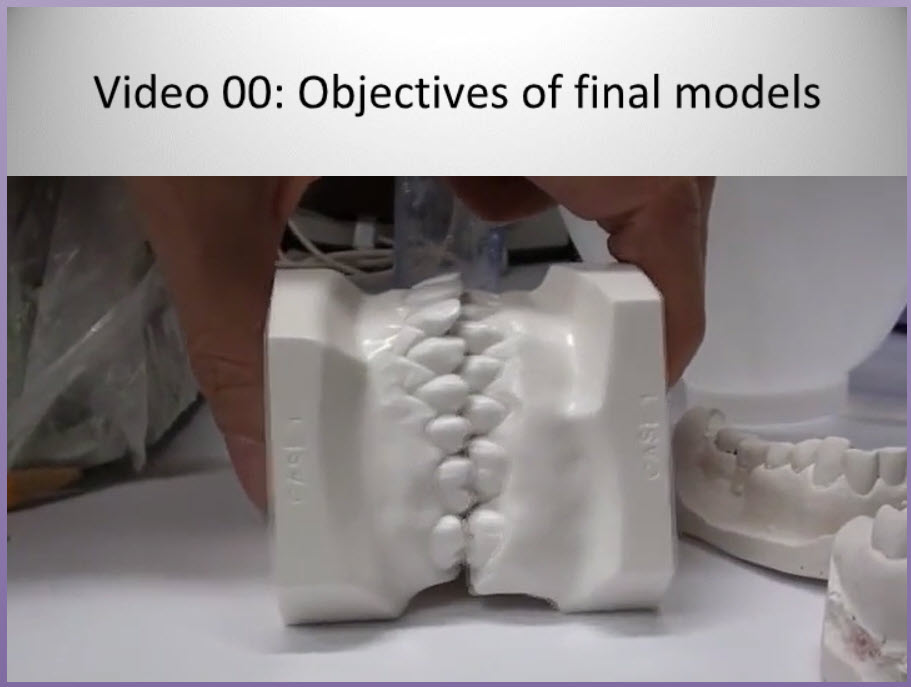
30.40-BASIC CEPHALOMETRICS-Imaging and Analysis
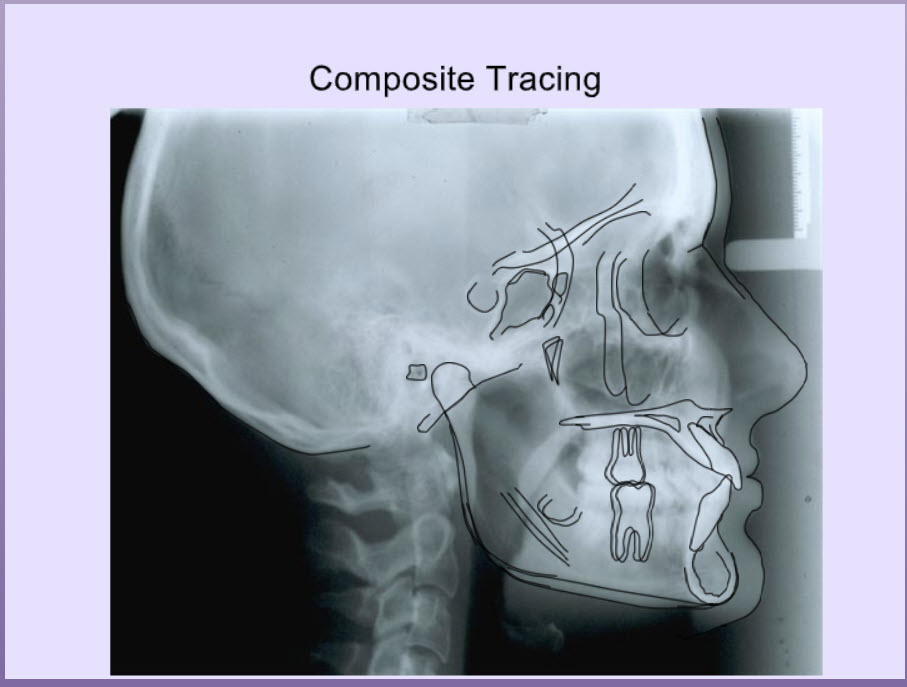
40.02-Basic Orthodontic Diagnosis & Treatment Planning Process
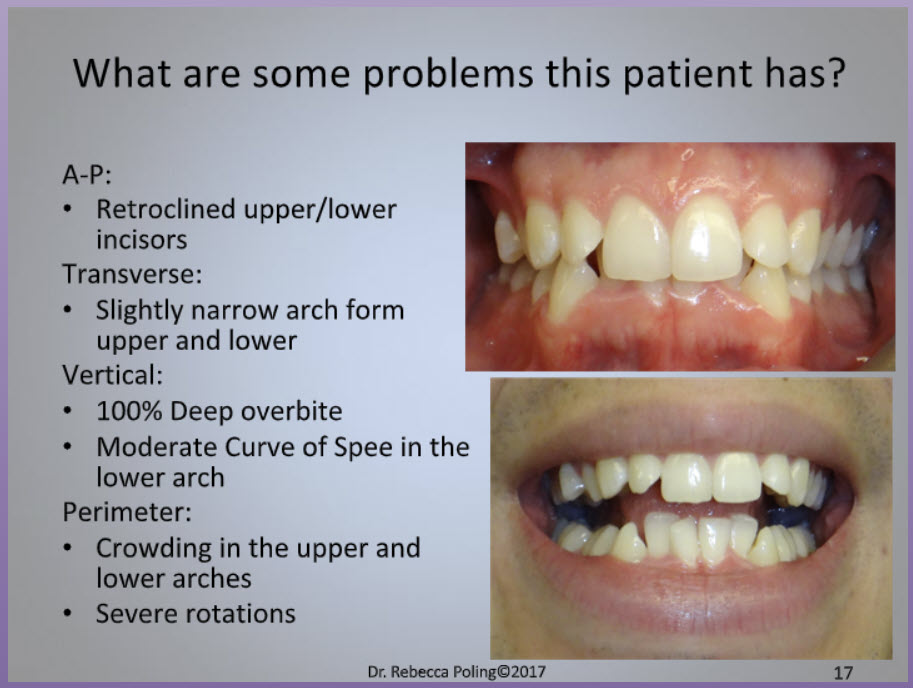
Intended Audience for 40.00-Orthodontic Basics 8-Week In-Office Comprehensive Course
The intended audience for this course are dentists, dental hygienists, orthodontists, Dental Treatment Coordinators, orthodontic assistants, specialty residents, and dental students who will be providing orthodontic services to patients.
Some courses should be completed by dental staff members who specialize in specific procedures such as clinical photography, cephalometrics, intraoral scanning, or treatment coordination.
The 40.00-Orthodontic Basics 8-Week In-Office Comprehensive Course subscription fee is
US $1,344.00 for 60 days of Access (20% discount of $1,680.00)
to the Program and all Course Resources for a single user.
OrthoTraining is an ADA CERP Recognized Provider Of CE Credits.
ADA CERP is a service Of the American Dental Association to assist dental professionals in identifying quality providers Of continuing dental education.
ADA CERP does not approve or endorse individual courses or instructors, nor does it imply acceptance of credit hours by boards of dentistry.
Under Construction
12258019
Purchase Workbook/Notebook
To purchase any of the Workbooks/Notebooks listed below, Please Click on the Purchase button. You will be redirected to our purchasing site.
The 2024-OrthoTraining Orthodontic Basics Mentor Workbook* (358 pages) is the complete guide for the Mentor supervising learners who want to deliver orthodontic care at the highest standard (as practiced by ABO-Board Certified orthodontists).
It contains:
- Mentor Workbook list of Orthodontic Basics courses, instructions for use of the Workbook, and its Table of Contents
- Recommended Schedule for training learners in the 40.00-Orthodontic Basics 8-Week In-Office Comprehensive Course with a Hands-on Training Session each week, for 8 weeks
- All course Step-by-Step and Quality Control checklists that are used in the Hands-on Training and are signed by the Mentor when the student masters the procedure
- Detailed descriptions of each individual course in the 40.00-Orthodontic Basics 8-Week In-Office Comprehensive Course
- The Script of the narration of every slide in each course presentation for all Ortho Basics Courses
- Other course documents that may be printed and included in the Hands-on Training
Each learner should have the companion "Orthodontic Basics Student Notebook" to use during Hands-on Training sessions.
* This is the Intellectual Property of Dr. Rebecca Poling. It is shared with you to fulfill the mission to improve orthodontic treatment globally.
The OrthoTraining Orthodontic Basics Student Notebook* is the printed Hands-on Training Notebook for students to use during each weekly Hands-on Training Session when taking the Orthodontic Basics 8-Week In-Office Comprehensive Course. Each learner should have this Notebook.
It contains:
- The list of Orthodontic Basics courses and instructions for use of this Student Notebook
- A recommended Schedule for Training in the 40.00-Orthodontic Basics 8-Week In-Office Comprehensive Course with a Hands-on Training Session each week, for 8 weeks. The local Mentor sets the final schedule.
- The final section of the Student Notebook includes 77 pages of forms, procedure Step-by-Step checklists, and Quality Control checklists. The student will use these documents to learn to perform all procedures during the weekly Hands-on Training Sessions. Each student must practice and master performance of a procedure before the student may work independently with patients. When the student has mastered and can safely work with patients, the Mentor signs each checklist documenting acceptable performance. The student should photograph the "result" of the performance and attach the photo to the quality checklist in the student's Notebook for future reference.
* This is the Intellectual Property of Dr. Rebecca Poling. It is shared with you to fulfill the mission of improving orthodontic treatment globally.
The 2024-OrthoTraining Orthodontic Assistant Mentor Workbook* (303 pages) is the complete guide for the Mentor supervising students in the 60.00-Orthodontic Assistant 60-Day In-Office Comprehensive Training Program. These students want to learn how to work directly with patients in placing and adjusting orthodontic braces and other orthodontic appliances, in assessing patient progress during treatment, working closely with the orthodontist, and in removing orthodontic appliances.
This Orthodontic Assistant Mentor Workbook contains:
- The list of Orthodontic Assistant courses in the 60.00-Orthodontic Assistant 60-Day In-Office Comprehensive Training Program, the instructions for use of the Mentor Workbook, and the Table of Contents of each Workbook section
- A recommended 8-week Schedule for training students in the 60.00-Orthodontic Assistant 60-Day In-Office Comprehensive Training Program with a Hands-on Training Session each week, for 8 weeks. The local Mentor sets the final schedule
- All course forms, all Step-by-Step procedure checklists, and Quality Control checklists that are used in the Hands-on Training Sessions that are signed by the local Mentor documenting that the student has mastered performance of the procedure and is qualified to work safely with patients
- Detailed descriptions of each individual course in the 60.00-Orthodontic Assistant 60-Day In-Office Comprehensive Training Program
- The Script of the narration of every slide in each individual course presentation in the Comprehensive Course
- Other course documents that may be printed and included in the Hands-on training
Each learner should have the companion Orthodontic Assistant Student Notebook to use during hands-on training sessions.
* This is the Intellectual Property of Dr. Rebecca Poling. It is shared with you to fulfill the mission to improve orthodontic treatment globally.
The 2024-OrthoTraining Orthodontic Assistant Student Notebook* is the printed Hands-on Training Notebook for students to use during each weekly Hands-on Training Session when taking the 60.00-Orthodontic Assistant In-Office 60-Day Comprehensive Training Course. Each learner should have this Notebook.
The Orthodontic Assistant Student Notebook contains:
- The list of Orthodontic Assistant courses and instructions for the use of this Notebook
- A recommended Schedule for Training in the 60.00-Orthodontic Assistant 60-Day In-Office Comprehensive Course with Hands-on Training Sessions each week, for 8 weeks. The local Mentor sets the final schedule
- The final section of the Notebook includes forms, course Step-by-Step checklists, and Quality Control checklists. The student will use these documents to learn to perform all procedures during the weekly Hands-on Training Sessions. When the student has mastered performance of a procedure and can safely work with patients, the Mentor should sign each checklist documenting acceptable performance. The student should photograph the "result" of the procedure and attach the photo to the Quality Checklist for documentation and future reference. The student should keep this Notebook until digital documentation of completion of training is available.
* This is the Intellectual Property of Dr. Rebecca Poling. It is shared with you to fulfill the mission of improving orthodontic treatment globally.
If you face any issues while placing your order, please contact us at support@orthotraining.com.
View Sample and Purchase Workbook11588096
Connect with us:
- Assistant courses
- Dentist courses
- Resident courses
- Orthodontist courses
Scottsdale, AZ 85260, USA.
Copyright@ 2025
www.OrthoTraining.com

